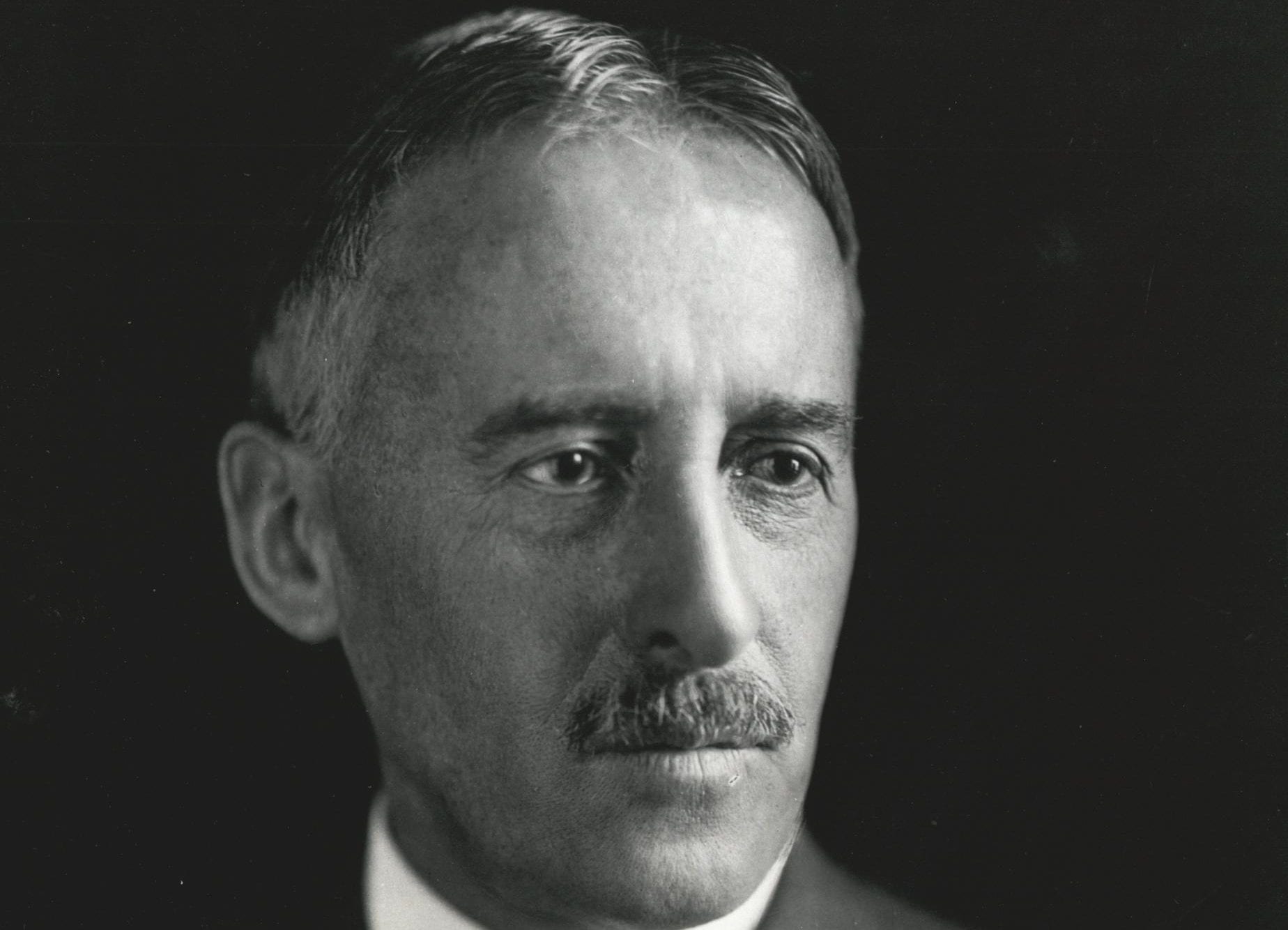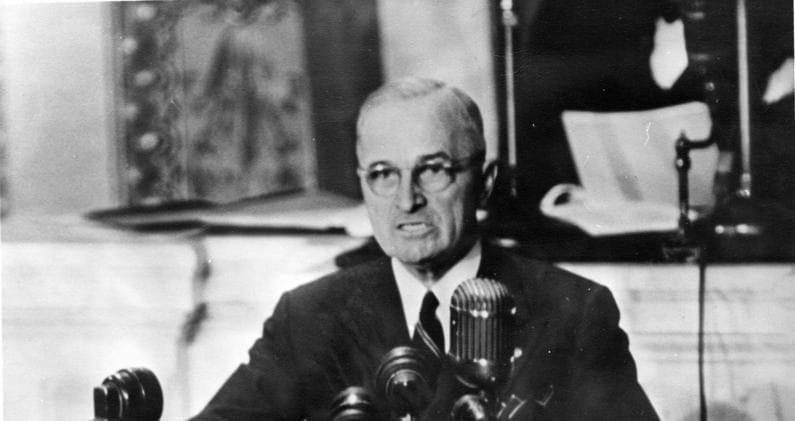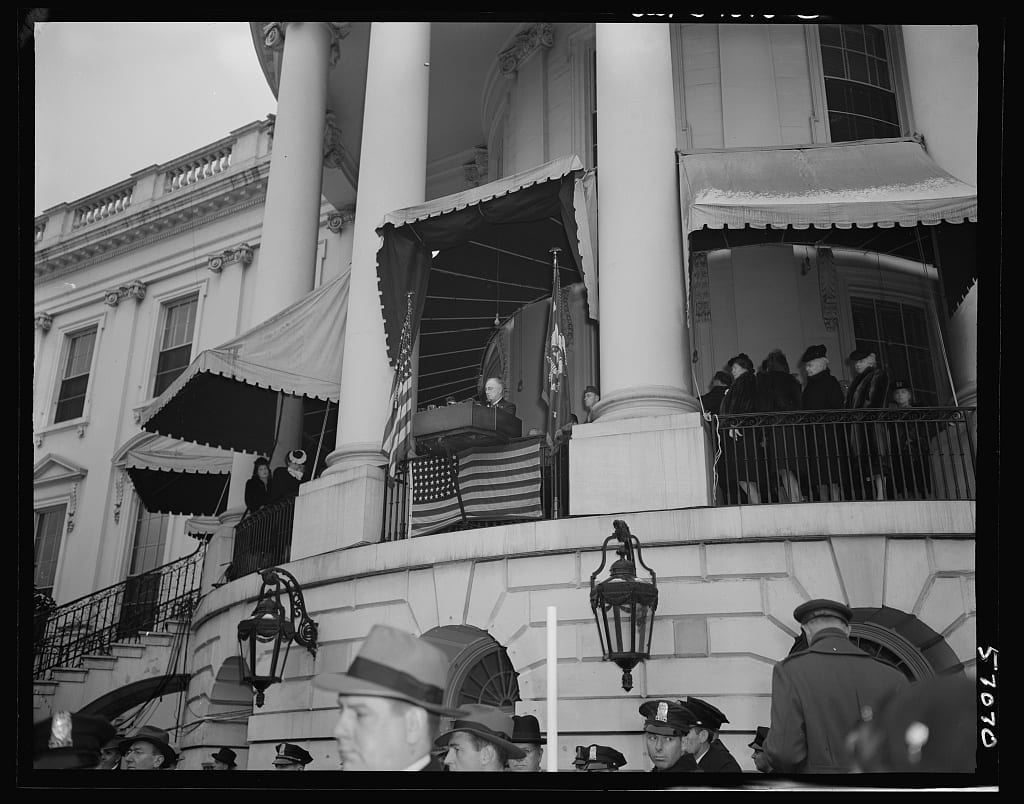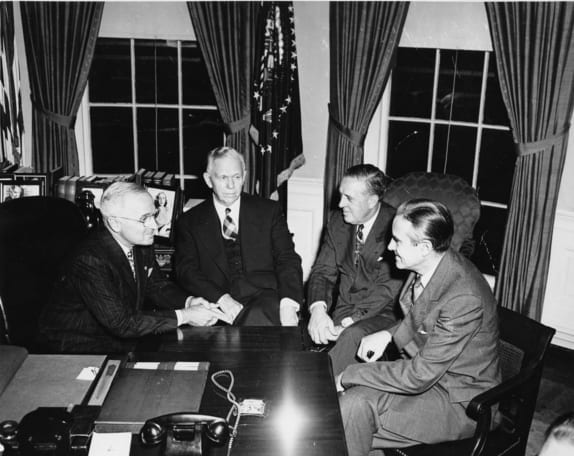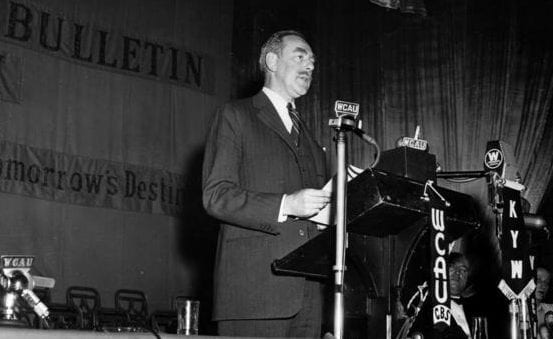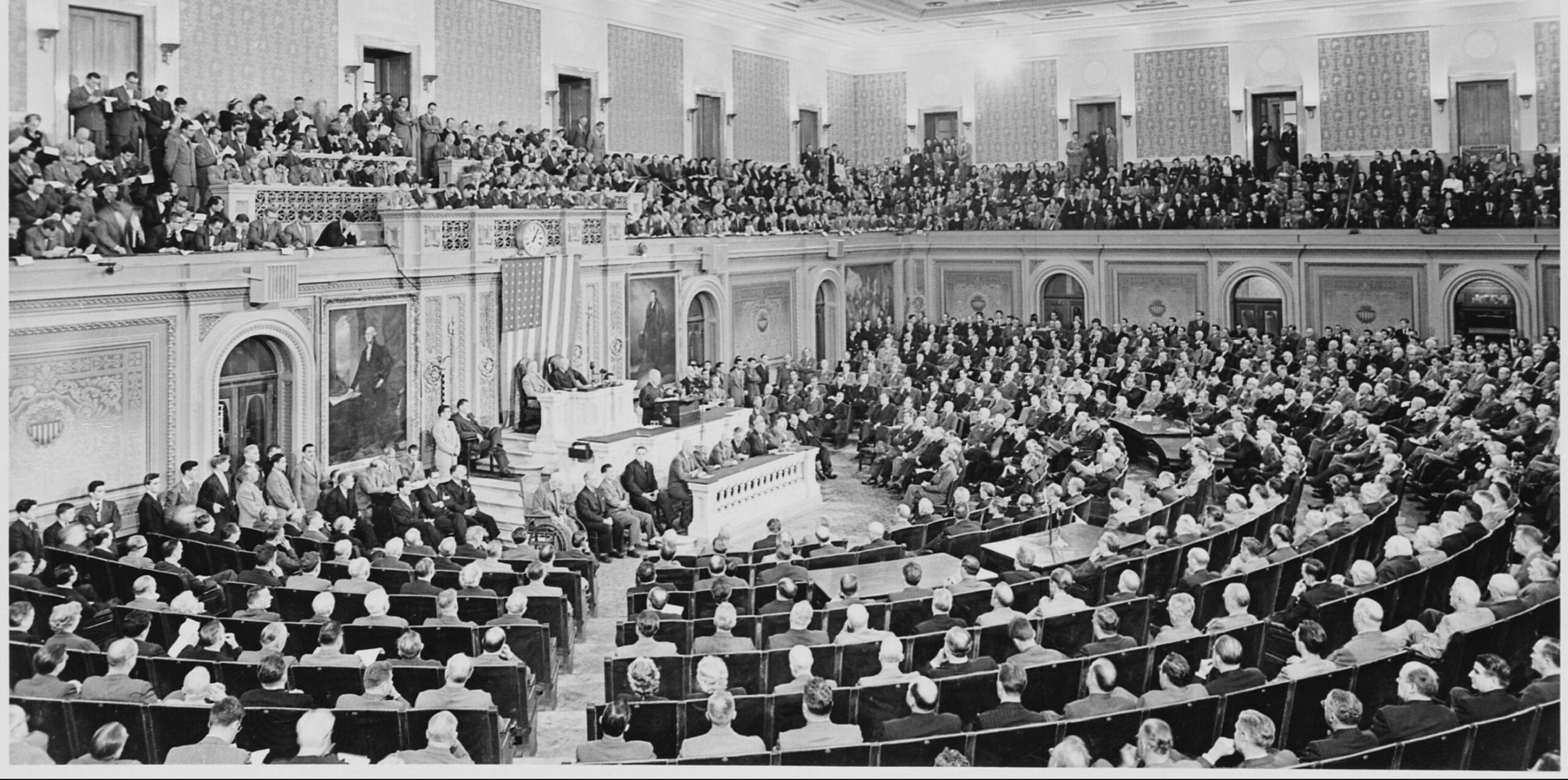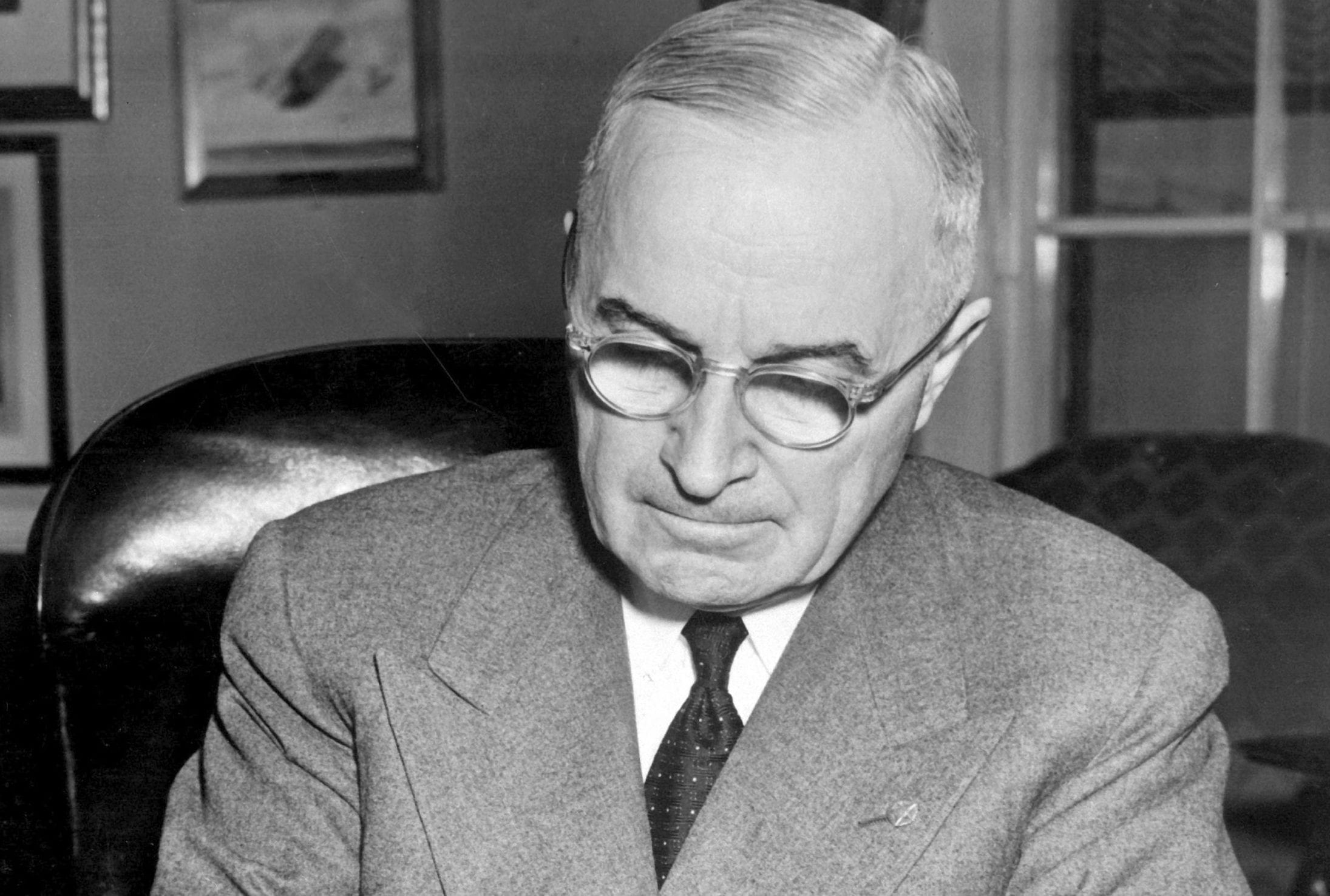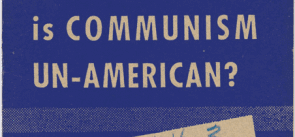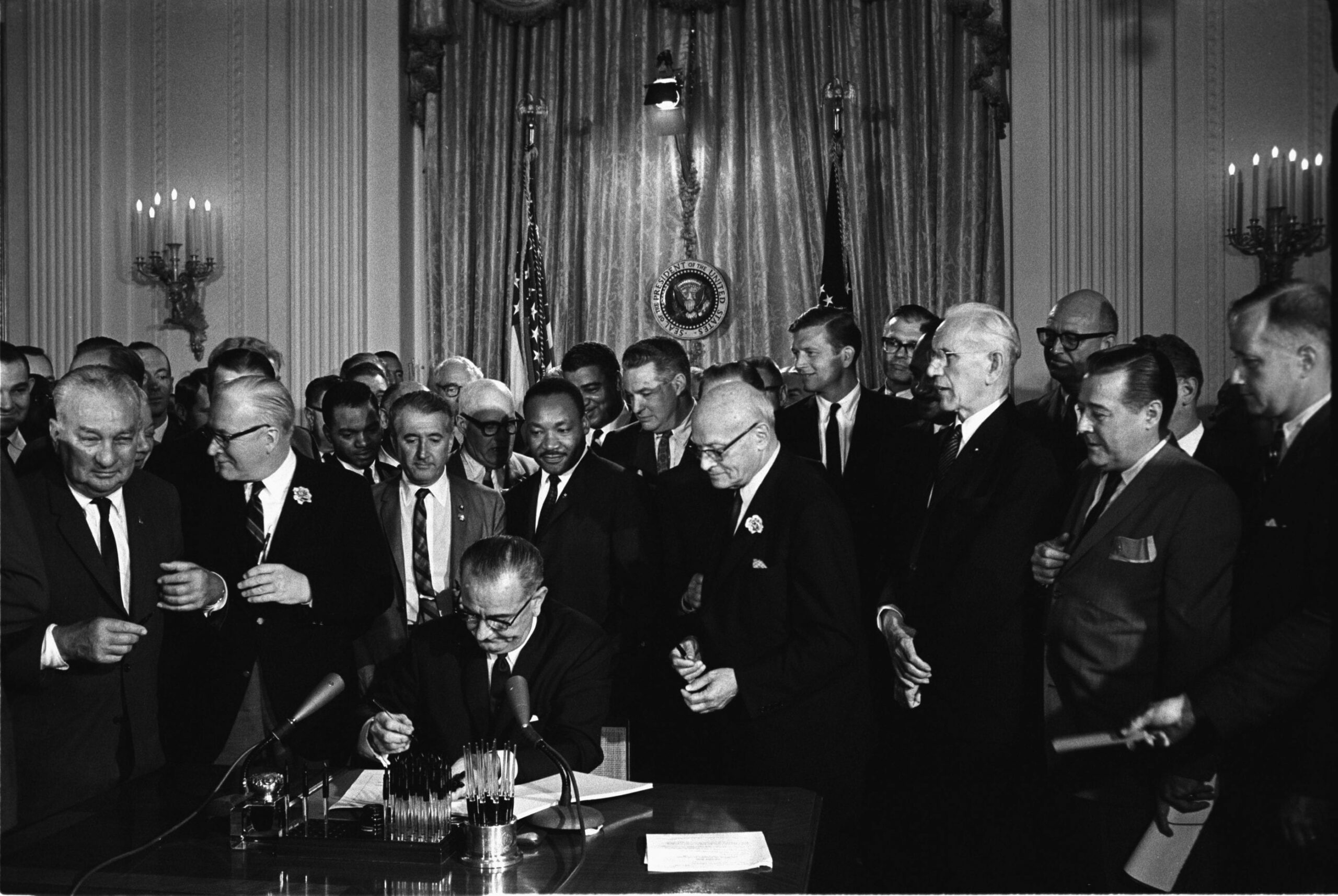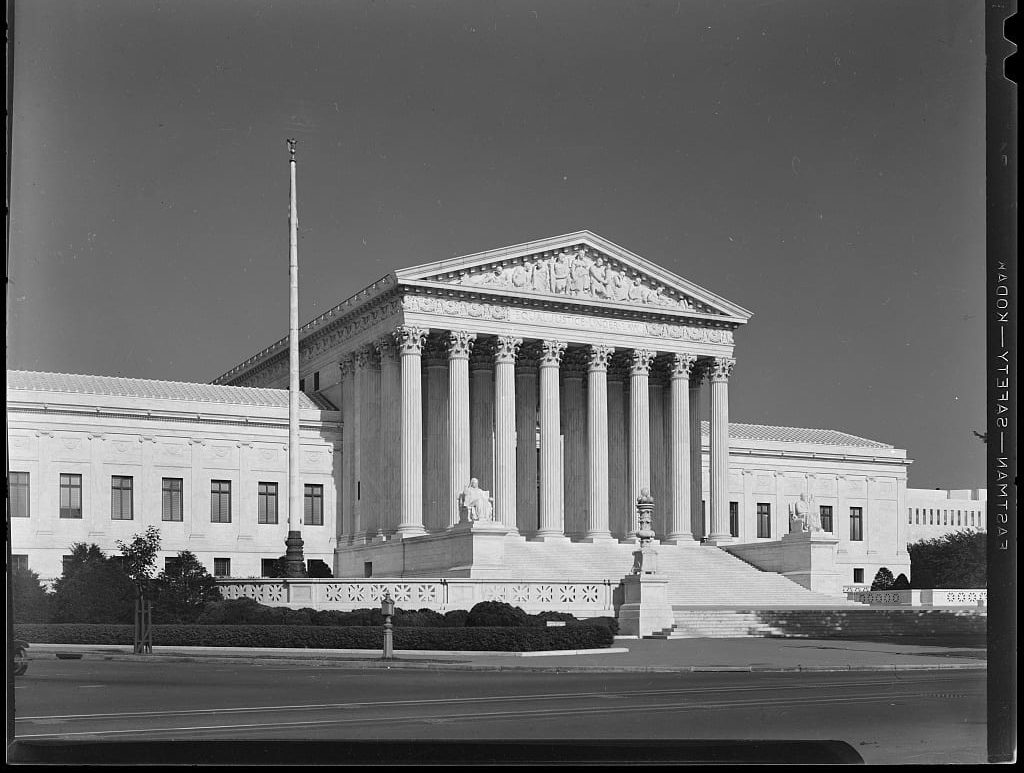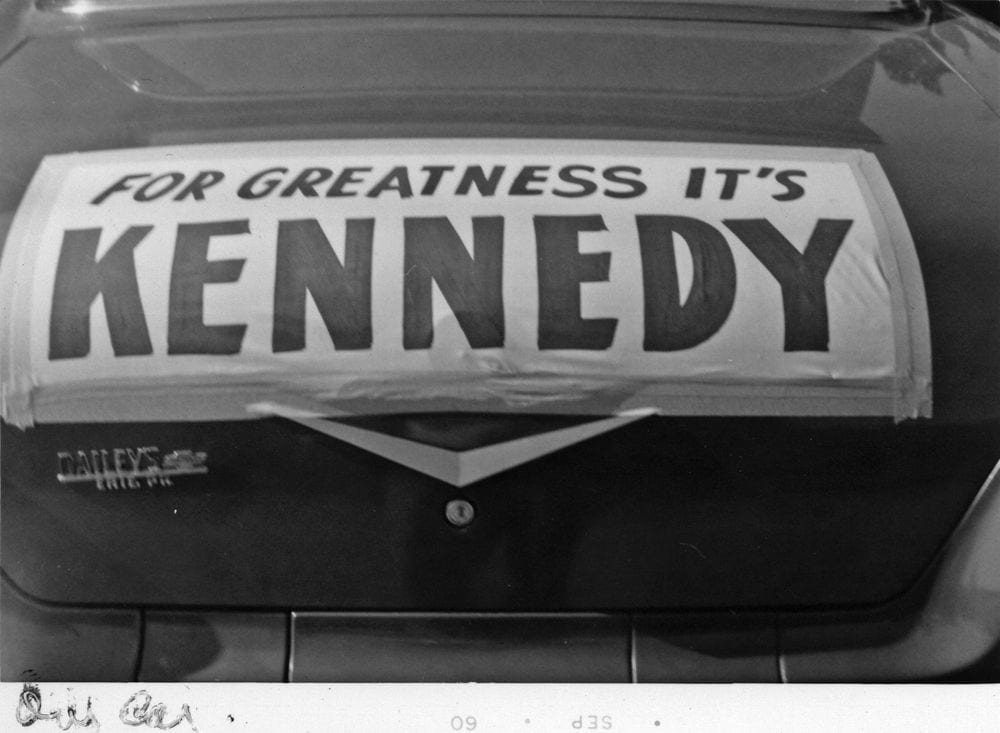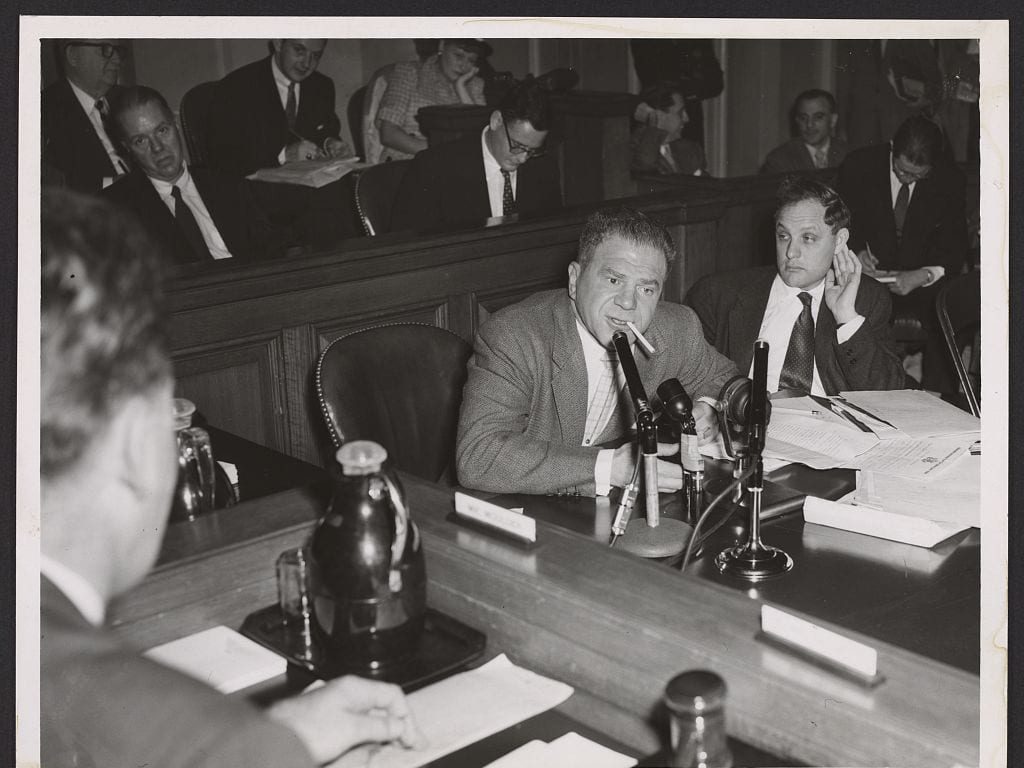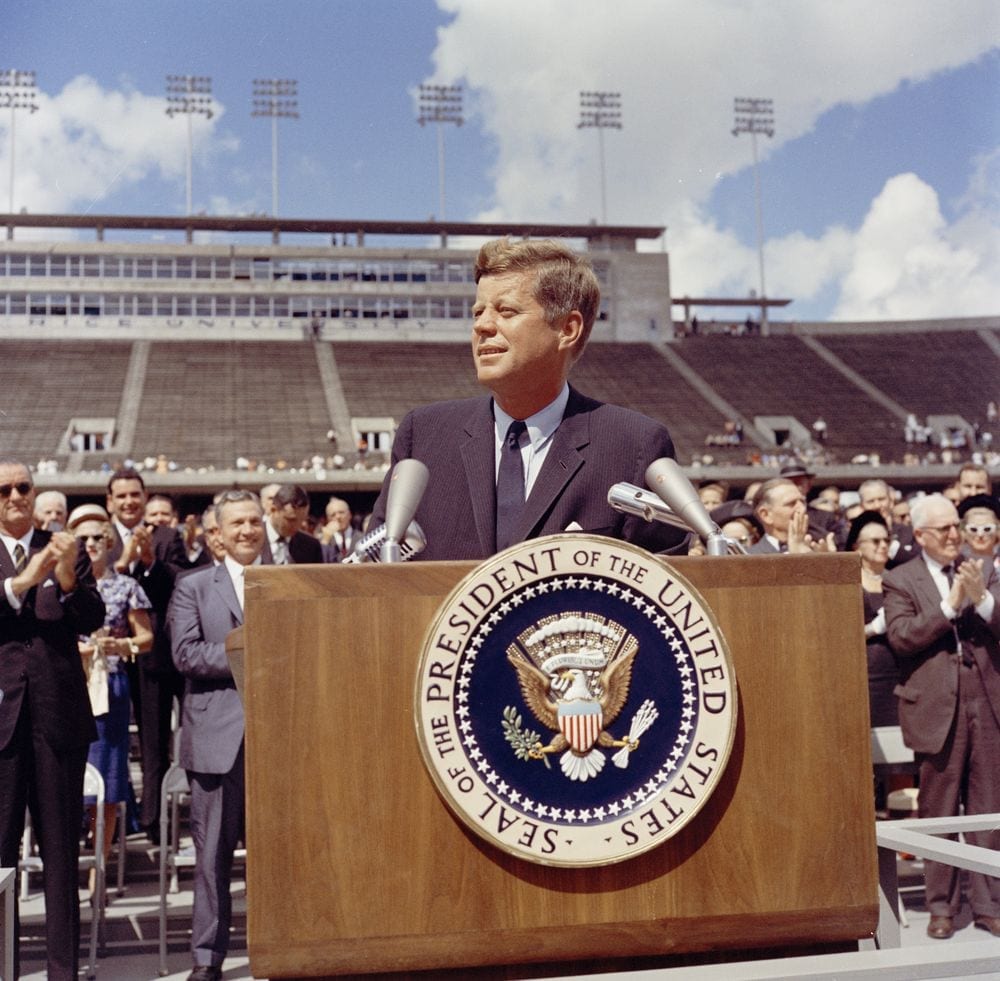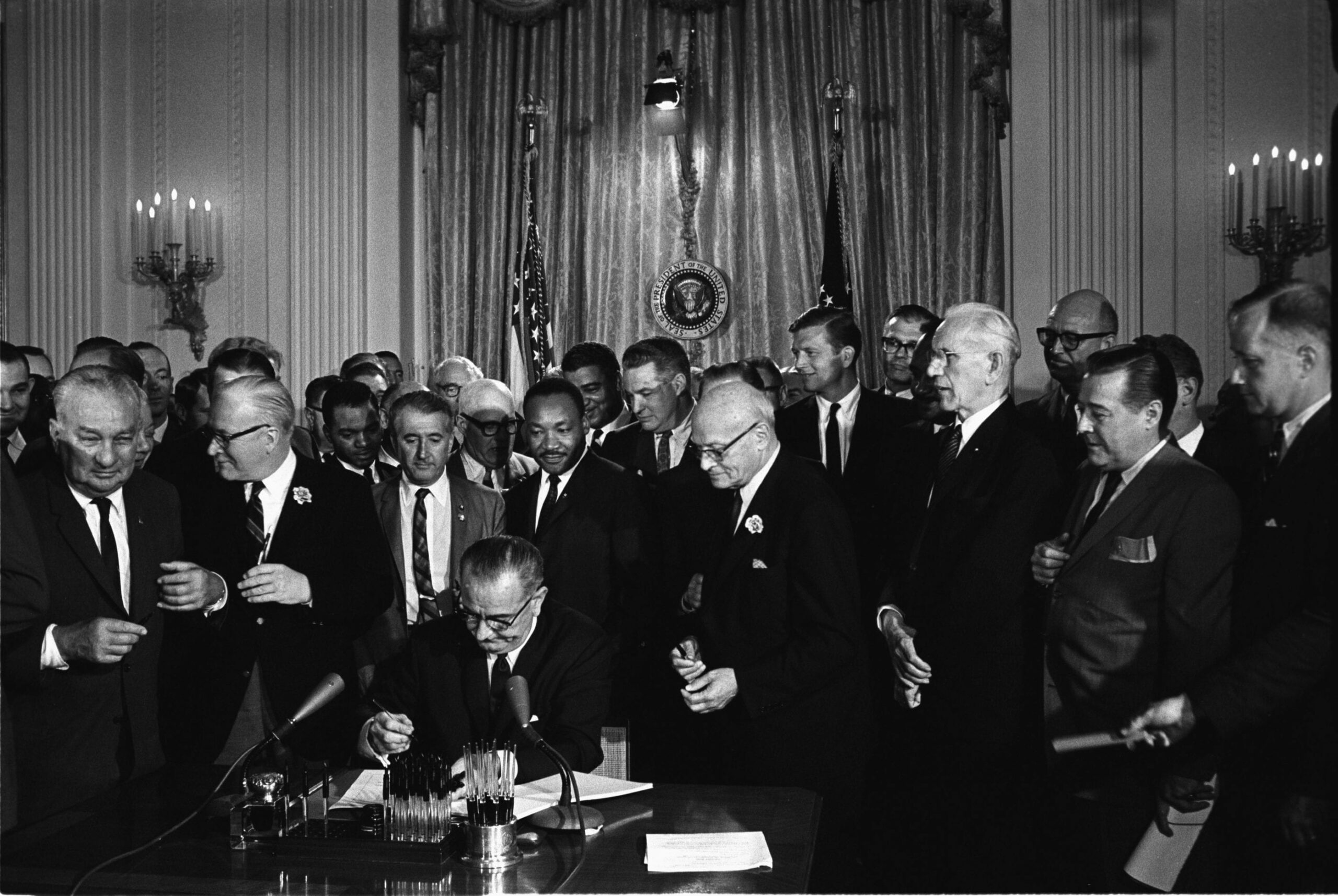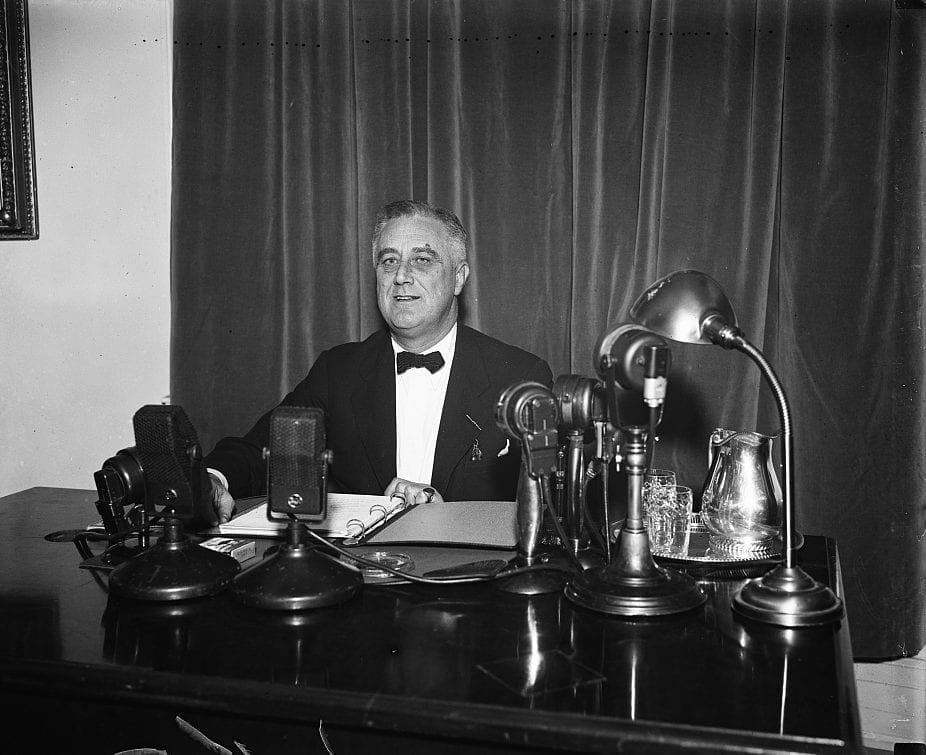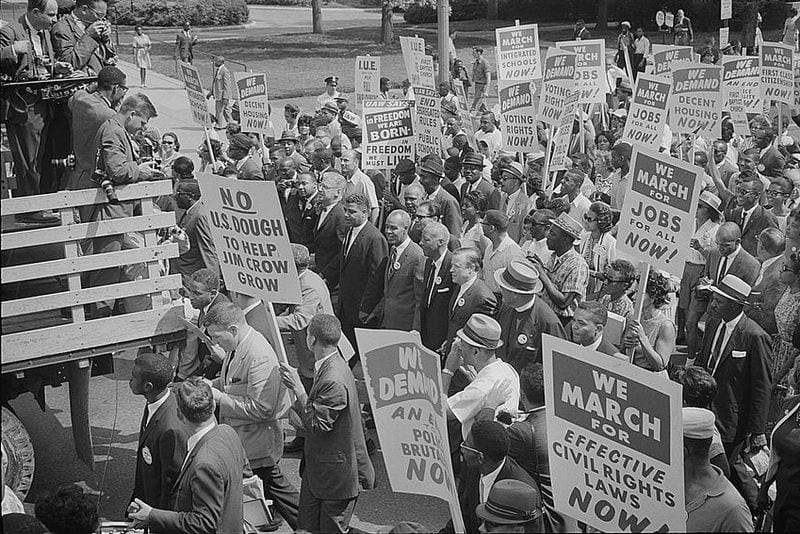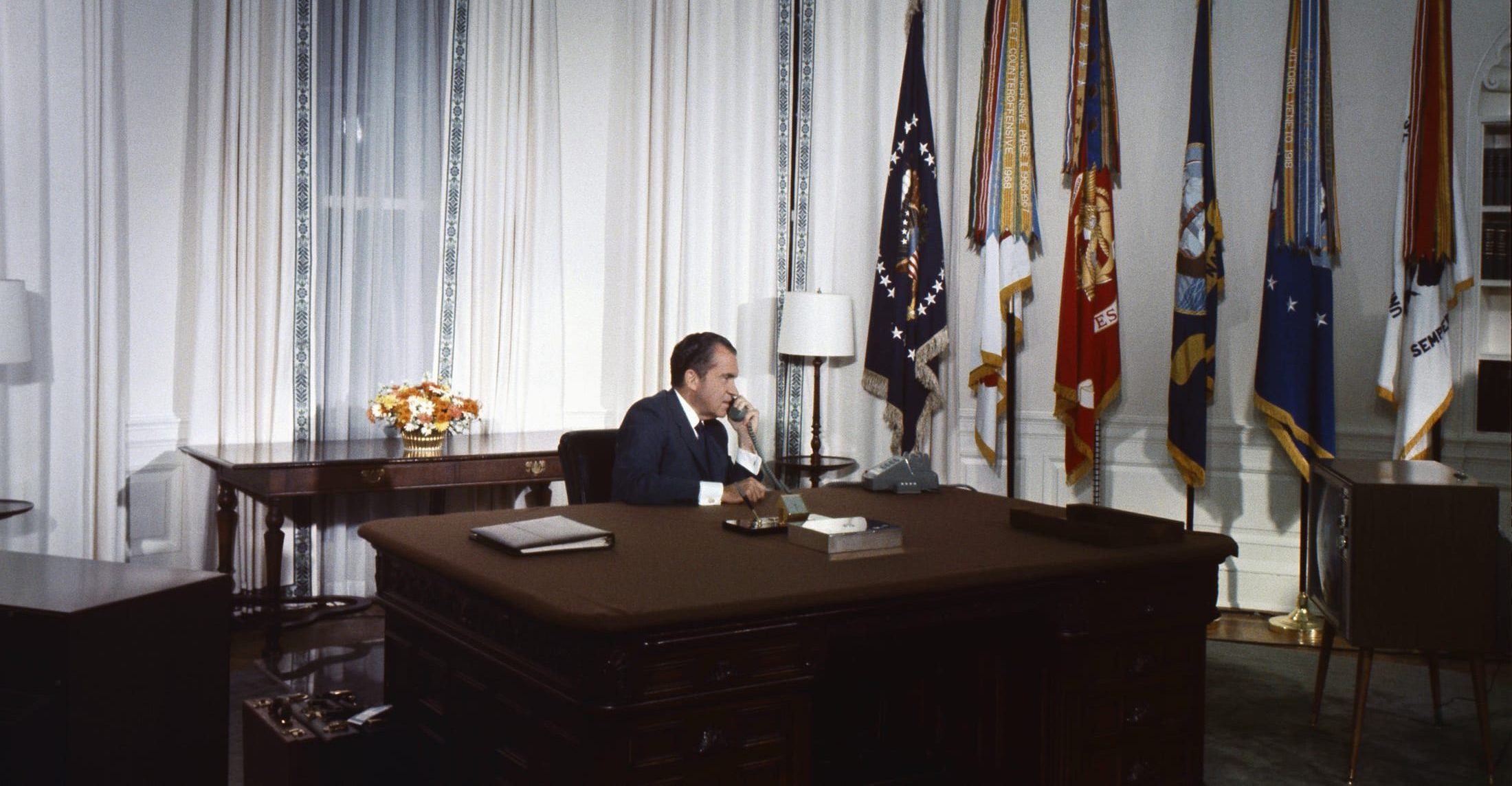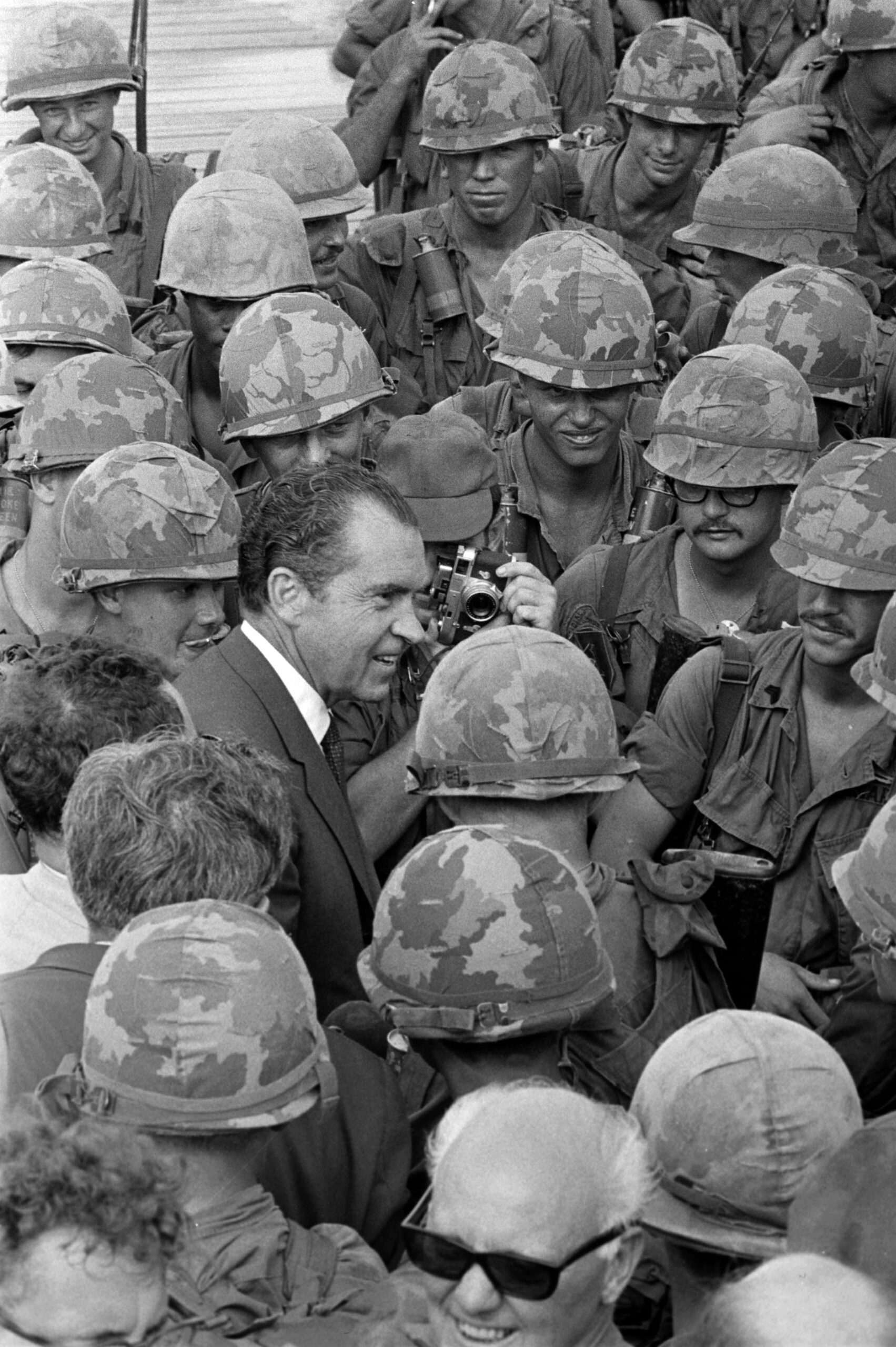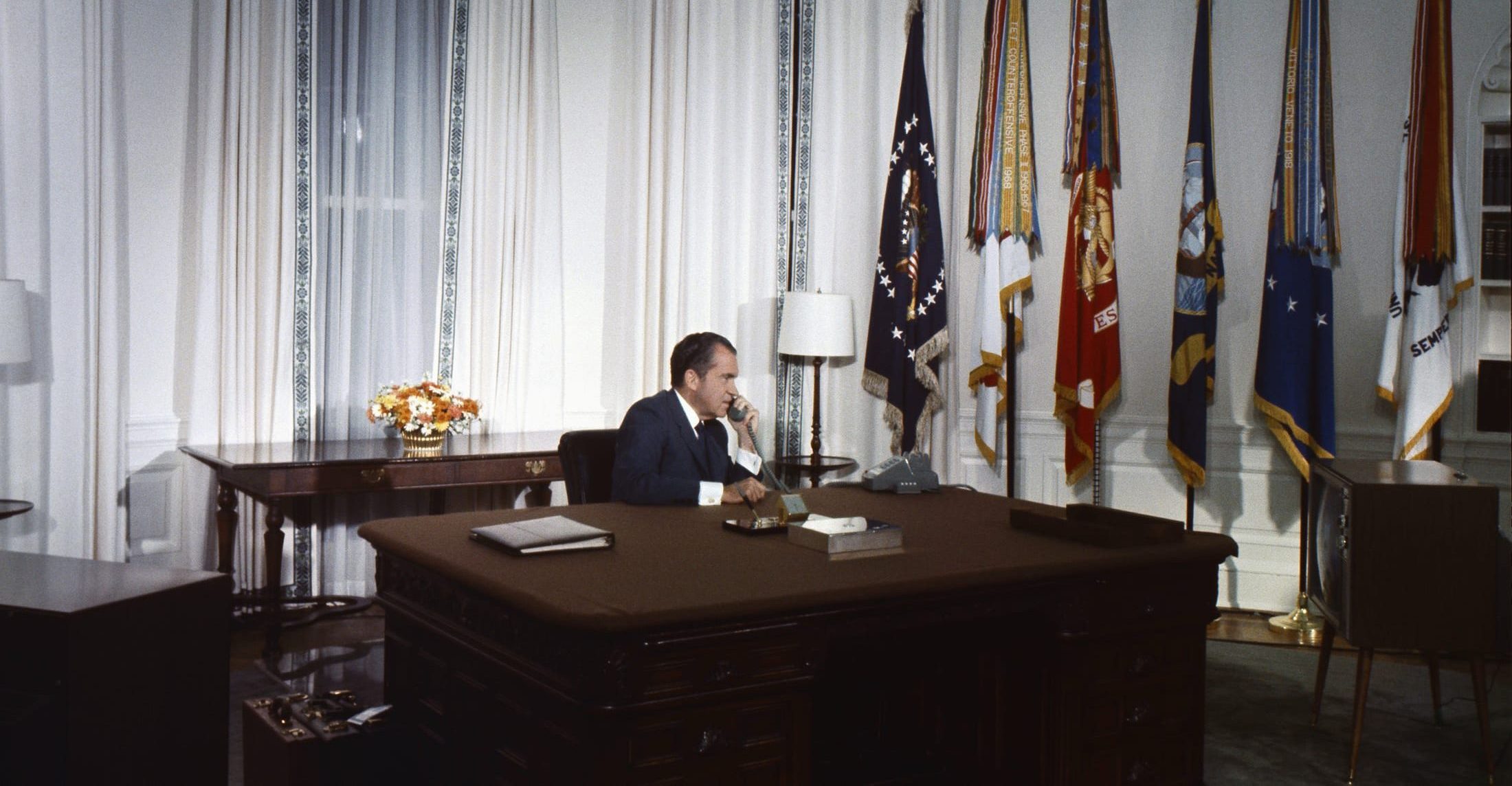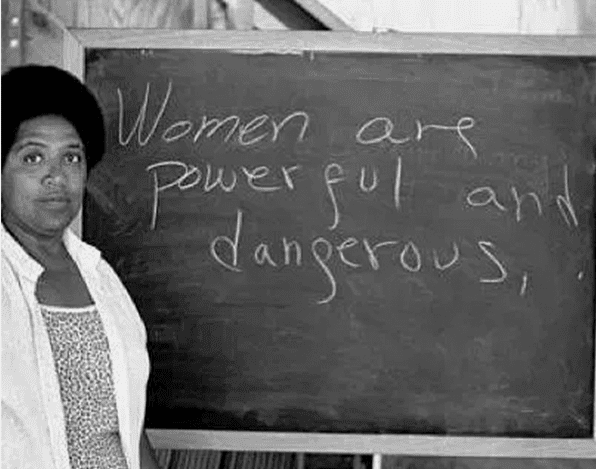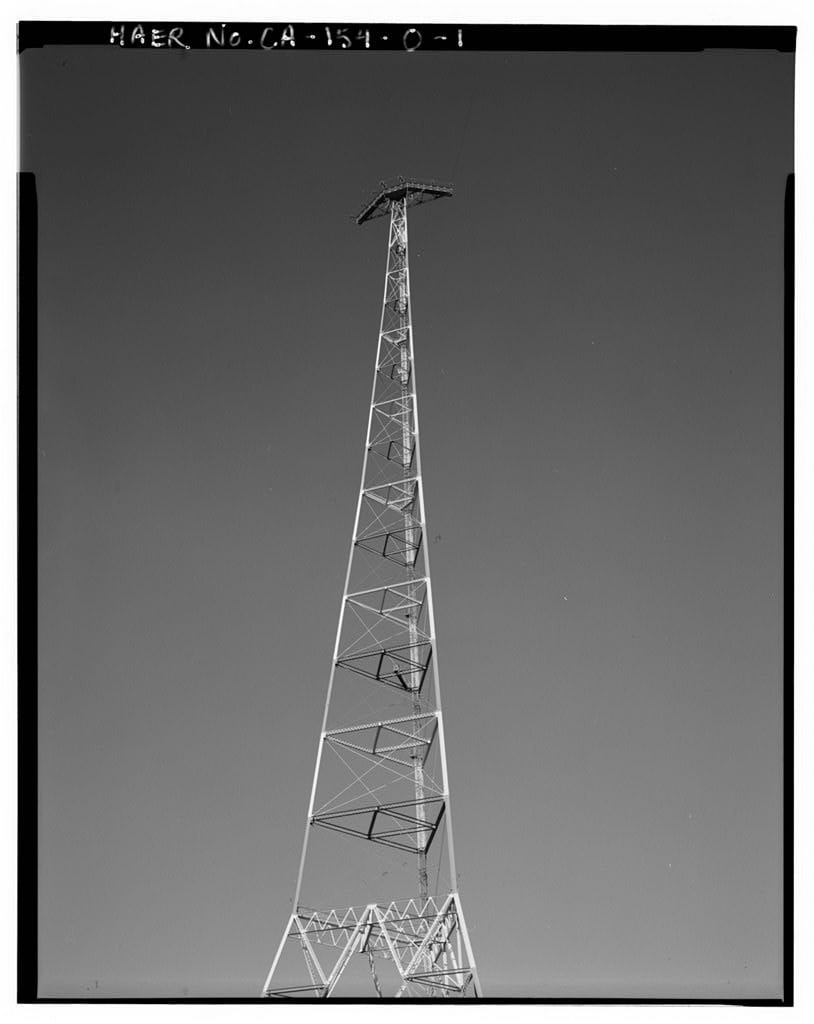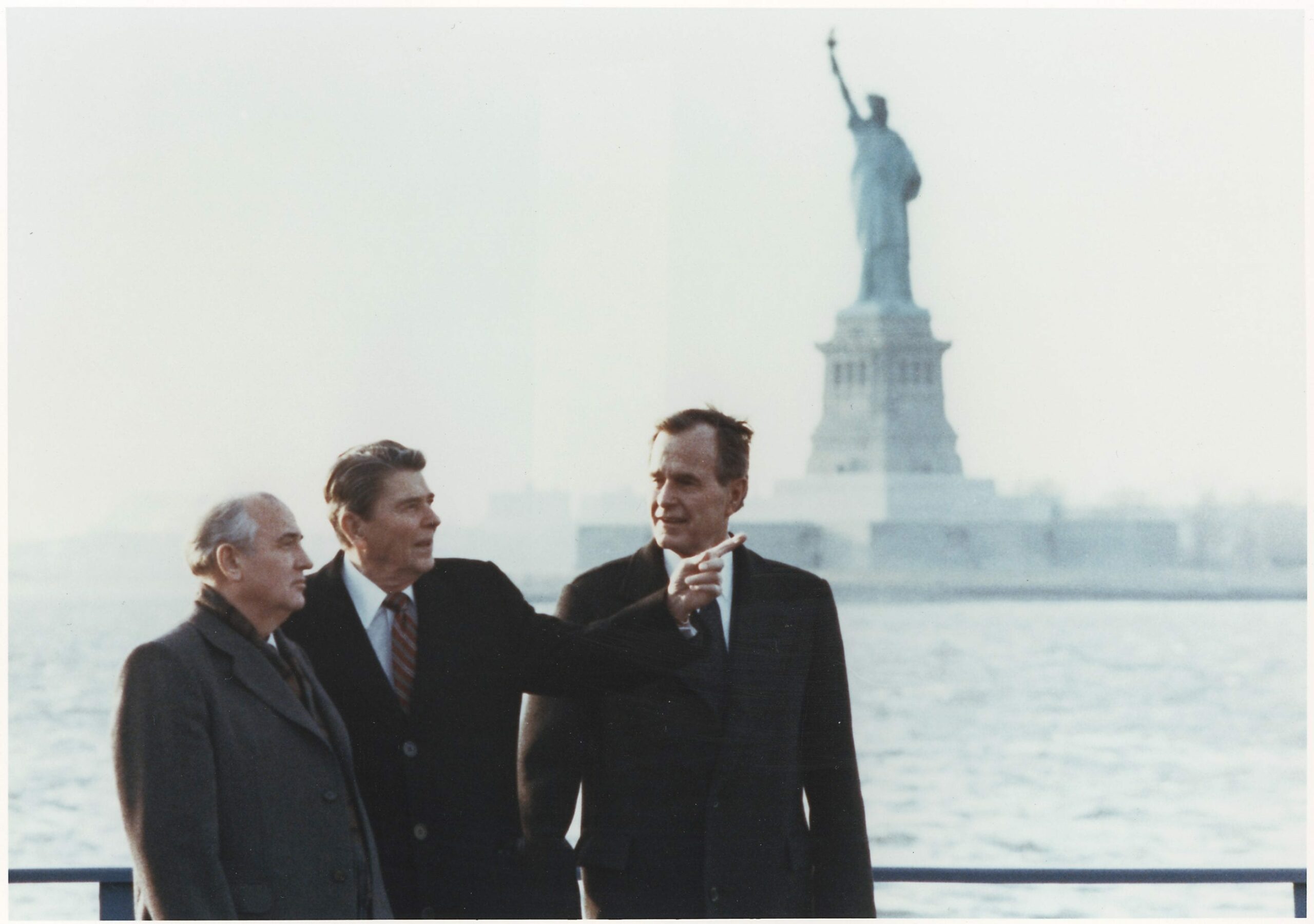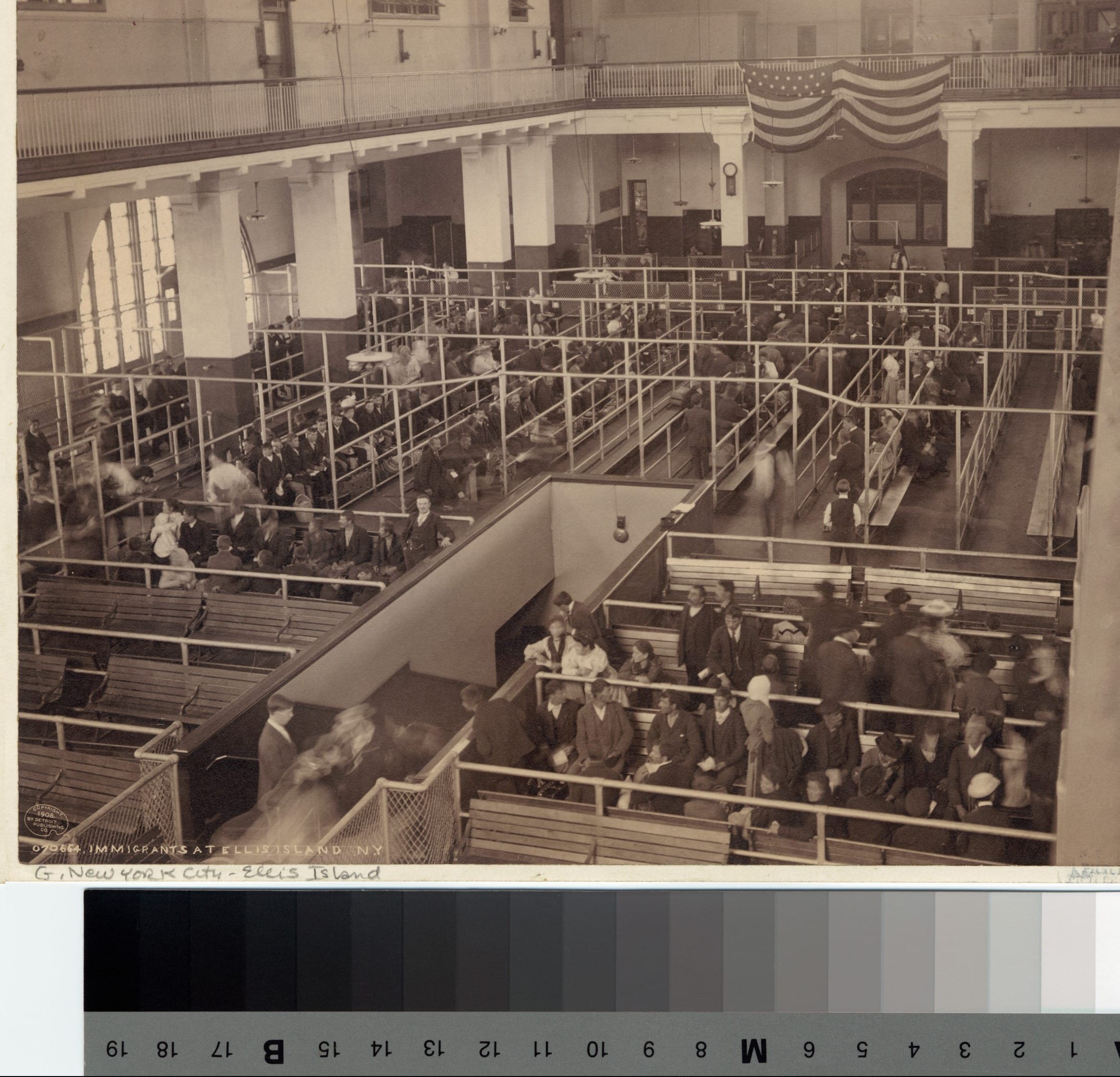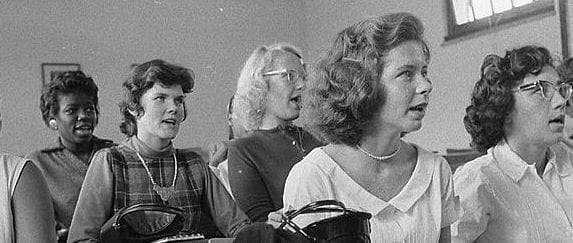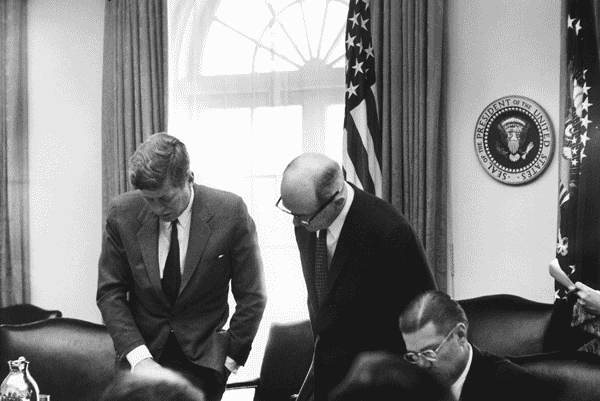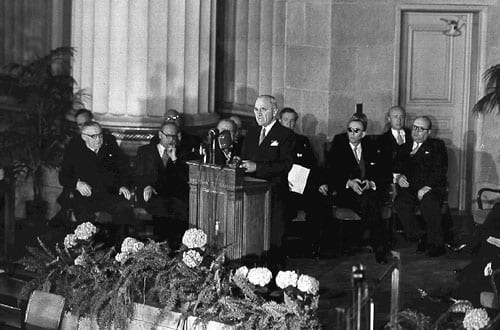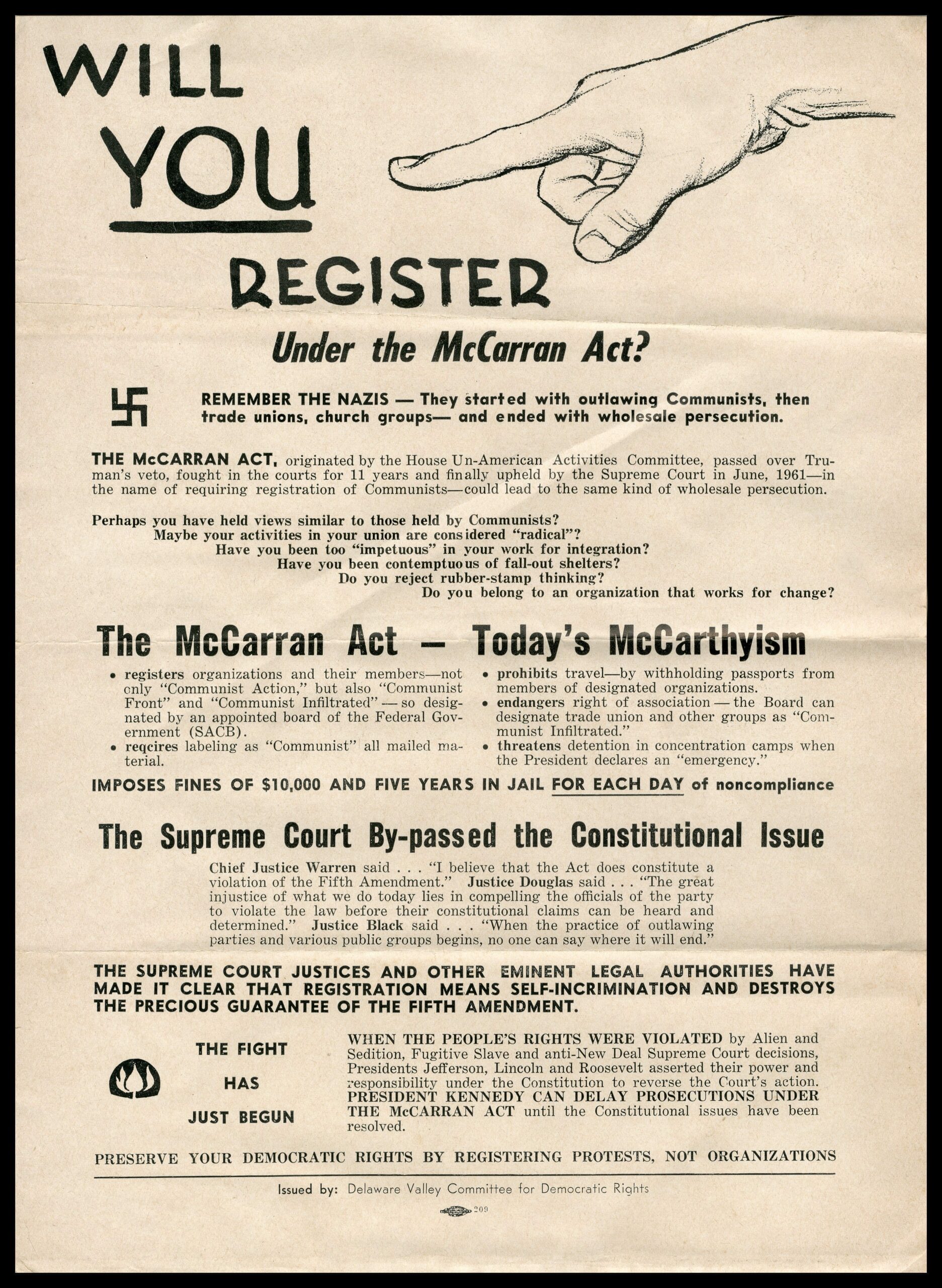


No related resources
Introduction
In this case, Justice Hugo L. Black applied his “separation of church and state” logic to rule against what he took to be state aid to religious institutions, in the form of voluntary “released time” of public school students to attend voluntary religious instruction in their own beliefs at public schools. He argued that the Illinois practice was an unconstitutional establishment of religion. Black’s opinion, supported by the Court 8 to 1, reversed the Illinois Supreme Court’s approval of the state’s released time program. This case should be read together with the earlier Everson v. Board of Education. The reasoning of this case is the starting point for all subsequent Court reasoning on the meaning of the establishment of religion. Recent cases have questioned its argument (See Everson v. Board of Education, Engel v. Vitale, and Lemon v. Kurtzman). A comprehensive dissenting opinion on these initial Establishment Clause cases is that of Justice William H. Rehnquist in Wallace v. Jaffree.
Source: 396 Ill. 14, 71 N.E.2d 161, reversed, https://www.law.cornell.edu/supremecourt/text/333/203. We have included excerpts of Justice Black’s majority opinion, and Justice Robert H. Jackson’s concurrence, which predicted dire consequences if the Court opinion were applied without respect for diverse local community practices. We have omitted both Justice Felix Frankfurter’s opinion and Justice Stanley F. Reed’s dissent. All footnotes added by the editors.
JUSTICE BLACK delivered the opinion of the Court.
This case relates to the power of a state to utilize its tax supported public school system in aid of religious instruction insofar as that power may be restricted by the First and Fourteenth Amendments to the federal Constitution.
The appellant,[1] Vashti McCollum, . . . was . . . a resident and taxpayer of Champaign and . . . a parent whose child was then enrolled in the Champaign public schools. Illinois has a compulsory education law which, with exceptions, requires parents to send their children, aged seven to sixteen, to its tax-supported public schools, where the children are to remain in attendance during the hours when the schools are regularly in session. Parents who violate this law commit a misdemeanor punishable by fine unless the children attend private or parochial schools which meet educational standards fixed by the state. District boards of education are given general supervisory powers over the use of the public school buildings within the school districts.
Appellant’s petition for mandamus[2] alleged that religious teachers, employed by private religious groups, were permitted to come weekly into the school buildings during the regular hours set apart for secular teaching, and then and there, for a period of thirty minutes, substitute their religious teaching for the secular education provided under the compulsory education law. The petitioner charged that this joint public school religious group program violated the First and Fourteenth Amendments to the United States Constitution. . . .
Although there are disputes between the parties as to various inferences that may or may not properly be drawn from the evidence concerning the religious program, the following facts are shown by the record without dispute. In 1940, interested members of the Jewish, Roman Catholic, and a few of the Protestant faiths formed a voluntary association called the Champaign Council on Religious Education. They obtained permission from the Board of Education to offer classes in religious instruction to public school pupils in grades four to nine, inclusive. Classes were made up of pupils whose parents signed printed cards requesting that their children be permitted to attend; they were held weekly, thirty minutes for the lower grades, forty-five minutes for the higher. The council employed the religious teachers at no expense to the school authorities, but the instructors were subject to the approval and supervision of the superintendent of schools. The classes were taught in three separate religious groups by Protestant teachers, Catholic priests, and a Jewish rabbi, although, for the past several years, there have apparently been no classes instructed in the Jewish religion. Classes were conducted in the regular classrooms of the school building. Students who did not choose to take the religious instruction were not released from public school duties; they were required to leave their classrooms and go to some other place in the school building for pursuit of their secular studies. On the other hand, students who were released from secular study for the religious instructions were required to be present at the religious classes. Reports of their presence or absence were to be made to their secular teachers.
The foregoing facts, without reference to others that appear in the record, show the use of tax supported property for religious instruction and the close cooperation between the school authorities and the religious council in promoting religious education. The operation of the state’s compulsory education system thus assists and is integrated with the program of religious instruction carried on by separate religious sects. Pupils compelled by law to go to school for secular education are released in part from their legal duty upon the condition that they attend the religious classes. This is beyond all question a utilization of the tax-established and tax-supported public school system to aid religious groups to spread their faith. And it falls squarely under the ban of the First Amendment (made applicable to the states by the Fourteenth) as we interpreted it in Everson v. Board of Education, 330 U.S. 1.[3] There we said
Neither a state nor the federal government can set up a church. Neither can pass laws which aid one religion, aid all religions, or prefer one religion over another. Neither can force or influence a person to go to or to remain away from church against his will, or force him to profess a belief or disbelief in any religion. No person can be punished for entertaining or professing religious beliefs or disbeliefs, for church attendance or nonattendance. No tax in any amount, large or small, can be levied to support any religious activities or institutions, whatever they may be called or whatever form they may adopt to teach or practice religion. Neither a state nor the federal government can, openly or secretly, participate in the affairs of any religious organizations or groups, and vice versa. In the words of Jefferson, the clause against establishment of religion by law was intended to erect “a wall of separation between church and state.”
The majority in the Everson case, and the minority . . . agreed that the First Amendment’s language, properly interpreted, had erected a wall of separation between church and state. They disagreed as to the facts shown by the record and as to the proper application of the First Amendment’s language to those facts. . .
To hold that a state cannot, consistently with the First and Fourteenth Amendments, utilize its public school system to aid any or all religious faiths or sects in the dissemination of their doctrines and ideals does not, as counsel urge, manifest a governmental hostility to religion or religious teachings. A manifestation of such hostility would be at war with our national tradition as embodied in the First Amendment’s guaranty of the free exercise of religion. For the First Amendment rests upon the premise that both religion and government can best work to achieve their lofty aims if each is left free from the other within its respective sphere. Or, as we said in the Everson case, the First Amendment has erected a wall between church and state which must be kept high and impregnable.
Here not only are the state’s tax-supported public school buildings used for the dissemination of religious doctrines. The state also affords sectarian groups an invaluable aid in that it helps to provide pupils for their religious classes through use of the state’s compulsory public school machinery. This is not separation of church and state. . . .
The cause is reversed and remanded[4] to the State Supreme Court for proceedings not inconsistent with this opinion.
Justice Robert H. Jackson, concurring.
I join the opinion of Mr. Justice Frankfurter, and concur in the result reached by the Court, but with these reservations: I think it is doubtful whether the facts of this case establish jurisdiction in this Court, but, in any event, that we should place some bounds on the demands for interference with local schools that we are empowered or willing to entertain. I make these reservations a matter of record in view of the number of litigations likely to be started as a result of this decision. . . .
A federal court may interfere with local school authorities only when they invade either a personal liberty or a property right protected by the federal Constitution. Ordinarily this will come about in either of two ways:
First. When a person is required to submit to some religious rite or instruction or is deprived or threatened with deprivation of his freedom for resisting such unconstitutional requirement. We may then set him free or enjoin his prosecution. Typical of such cases was West Virginia State Board of Education v. Barnette . . . . Second. Where a complainant is deprived of property by being taxed for unconstitutional purposes, such as directly or indirectly to support a religious establishment. We can protect a taxpayer against such a levy. This was the Everson Case. . . . In this case, however, any cost of this plan to the taxpayers is incalculable and negligible. It can be argued, perhaps, that religious classes add some wear and tear on public buildings, and that they should be charged with some expense for heat and light, even though the sessions devoted to religious instruction do not add to the length of the school day. But the cost is neither substantial nor measurable, and no one seriously can say that the complainant’s tax bill has been proved to be increased because of this plan. I think it is doubtful whether the taxpayer in this case has shown any substantial property injury.
If, however, jurisdiction is found to exist, it is important that we circumscribe our decision with some care. What is asked is not a defensive use of judicial power to set aside a tax levy or reverse a conviction, or to enjoin threats of prosecution or taxation. The relief demanded in this case is the extraordinary writ of mandamus to tell the local Board of Education what it must do. The prayer for relief is that a writ issue against the Board of Education ordering it to immediately adopt and enforce rules and regulations prohibiting all instruction in and teaching of religious education in all public schools . . . and in all public school houses and buildings in said district when occupied by public schools. . . .
While we may and should end such formal and explicit instruction as the Champaign plan, and can at all times prohibit teaching of creed and catechism and ceremonial, and can forbid forthright proselyting in the schools, I think it remains to be demonstrated whether it is possible, even if desirable, to comply with such demands as plaintiff’s completely to isolate and cast out of secular education all that some people may reasonably regard as religious instruction. Perhaps subjects such as mathematics, physics or chemistry are, or can be, completely secularized. But it would not seem practical to teach either practice or appreciation of the arts if we are to forbid exposure of youth to any religious influences. Music without sacred music, architecture minus the cathedral, or painting without the scriptural themes would be eccentric and incomplete, even from a secular point of view. . . . The fact is that, for good or for ill, nearly everything in our culture worth transmitting, everything which gives meaning to life, is saturated with religious influences, derived from paganism, Judaism, Christianity—both Catholic and Protestant—and other faiths accepted by a large part of the world’s peoples. One can hardly respect a system of education that would leave the student wholly ignorant of the currents of religious thought that move the world society for a part in which he is being prepared. . . .
“[T]o immediately adopt and enforce rules and regulations prohibiting all instruction in and teaching of religious education in all public schools” is to decree a uniform, rigid and, if we are consistent, an unchanging standard for countless school boards representing and serving highly localized groups which not only differ from each other, but which themselves, from time to time, change attitudes. It seems to me that to do so is to allow zeal for our own ideas of what is good in public instruction to induce us to accept the role of a super board of education for every school district in the nation.
It is idle to pretend that this task is one for which we can find in the Constitution one word to help us as judges to decide where the secular ends and the sectarian begins in education. Nor can we find guidance in any other legal source. It is a matter on which we can find no law but our own prepossessions. If, with no surer legal guidance, we are to take up and decide every variation of this controversy, raised by persons not subject to penalty or tax but who are dissatisfied with the way schools are dealing with the problem, we are likely to have much business of the sort. And, more importantly, we are likely to make the legal “wall of separation between church and state” as winding as the famous serpentine wall designed by Mr. Jefferson for the university he founded.

Conversation-based seminars for collegial PD, one-day and multi-day seminars, graduate credit seminars (MA degree), online and in-person.

